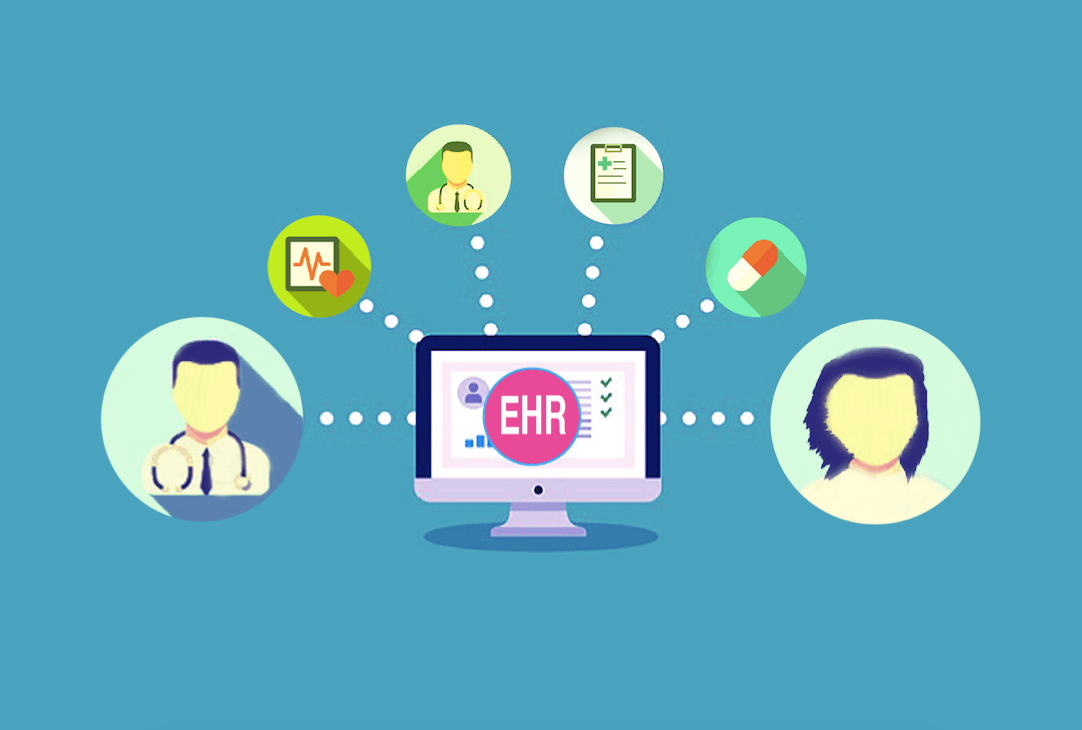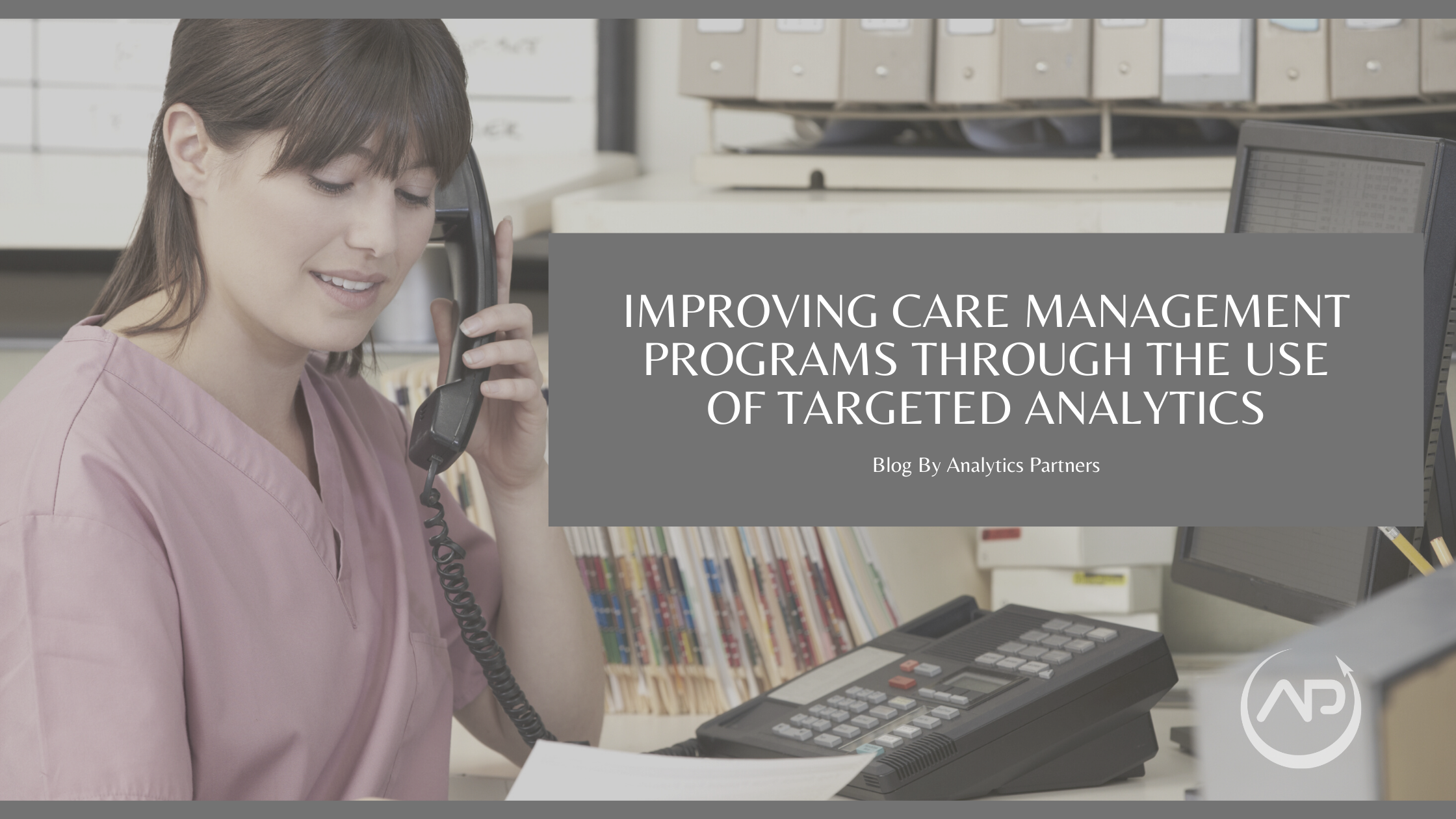
Telehealth: More than a Video Conference
Intro to Telehealth: More than a Video Conference
With stay-at-home orders effecting more than 90% of Americans, telehealth is emerging as the new norm in healthcare. As a result, news organizations and online articles address the issues, benefits and downfalls of it every day. If we take a closer look, we’ll learn that it is much more than a video conference.
What is Telehealth?
When researching the world of telehealth, one must start with the simplest of questions. What is telehealth? The best definition is a collection of means or methods for enhancing health care, public health, and health education delivery and support using telecommunications technologies. This explanation encompassed each of the main elements.
Four Components of Telehealth
Telehealth is composed of four main components; Video Conferencing, Store and Forward, Remote Patient Monitoring and Mobile Health. Each of these four factors are outlined in more detail below.
- Live Videoconferencing (Synchronous): Live, two-way interaction between a person and a provider using audiovisual telecommunications technology.
- Store-and-Forward (Asynchronous): Transmission of recorded health history through an electronic communications system to a practitioner, usually a specialist, who uses the information to evaluate the case or render a service outside of a real-time or live interaction.
- Remote Patient Monitoring (RPM): Personal health and medical data collection from an individual in one location via electronic communication technologies, which is transmitted to a provider in a different location for use in care and related support.
- Mobile Health (mHealth): Health care and public health practice and education supported by mobile communication devices such as cell phones, tablet computers, and PDAs. Applications can range from targeted text messages that promote healthy behavior to wide-scale alerts about disease outbreaks, to name a few examples.
As you can see, telehealth is much more than a video chat with your provider. Utilizing each of the four areas can greatly contribute many benefits for patients, providers and the entire healthcare industry as a whole. Will this technology be the new normal in healthcare after the pandemic is over? Stay tuned for the next blog in this series where I will address the pros and cons of telehealth and its impact on the future of our healthcare system.
Author: Della Wolfe, Director at Analytics Partners
Works Cited:
“What Is Telehealth?” California Telehealth Resource Center, 4 Apr. 2020, caltrc.org/telehealth/what-is-telehealth/.
Heikkila, Andy. “Why Telemedicine IS the Future of Healthcare.” The Doctor Weighs In, The Doctor Weighs In, 29 Mar. 2020, thedoctorweighsin.com/why-telemedicine-is-future-of-healthcare/.



